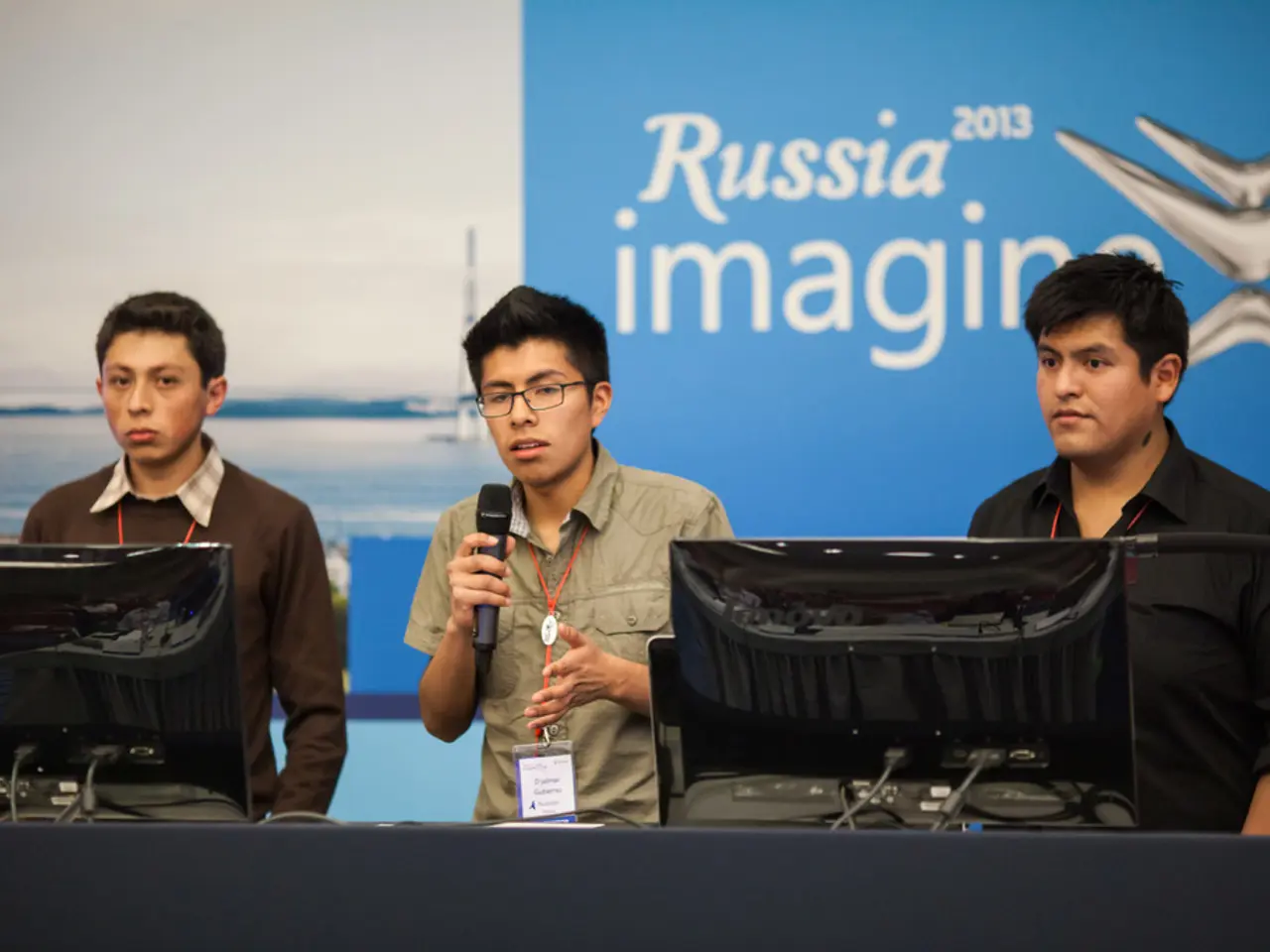Trump's gift to Putin in Alaska extends Putin's opportunity to weaken Ukraine further
In the heart of summer, the Alaska summit between President Donald Trump and Russian President Vladimir Putin took place, marking a significant moment in the ongoing conflict in eastern Ukraine. Despite the high stakes and urgency surrounding peace efforts, the summit ended without a deal on Ukraine, and fighting continued on the ground.
The timing of the summit was strategically chosen, as it represented a peak window when both sides could attempt negotiations to halt Europe's bloodiest conflict since World War II. However, Putin refused to concede or meet Ukraine's leadership, and Russia's continued military advances meant no progress was made toward ending the fighting, effectively prolonging the conflict.
The summit's location, the geographically closest point between U.S. and Russia, held symbolic weight. Once Russian territory, it symbolized a long history of complicated cooperation and conflict. Yet, the meeting coming without Ukraine included was criticized and seen as a diplomatic victory for Russia, allowing Moscow to negotiate directly with the U.S. but not Kyiv.
The lack of a ceasefire agreement and Putin’s intransigence indicated the war would continue for the foreseeable future. Russia’s military actions during the summit affirmed its strategy to outlast Ukraine and the democratic world, while Ukraine sustained heavy losses and suffered under ongoing attacks.
Putin is using time to his advantage, aiming for slow advances on the battlefield during diplomatic stalling. With two months until the weather cools and advances become harder, Russian forces are on the brink of turning micro-advances into strategic gains in eastern Ukraine.
The focus has shifted from a ceasefire to a quick, enduring peace deal, but a lasting deal could take weeks to formulate, if not much longer. Putin remains set on fixing the "root causes" of the conflict, which include Ukraine's existence as a sovereign state and NATO's eastward expansion since the end of the Cold War.
Trump urged Ukrainian President Volodymyr Zelensky to take the deal proposed by Putin, but the demand for a ceasefire, which was paramount in European and Ukrainian thinking, has overnight evaporated. Putin has urged Europeans and Ukraine not to get in the way of his proposed peace deal.
However, Putin does not want to maintain a lengthy war effort under economic pressure from his main energy customers, India and China, who are also facing tariff pain from the United States. The problem for Ukraine is the potential for real change on the battlefield during the time it would take to bring the parties together for further talks.
In summary, the timing of the Alaska summit emphasized the urgency and high stakes of diplomacy to end the war, but the failure to achieve a ceasefire or peace deal at that moment meant the conflict in eastern Ukraine persisted unabated. The summit illustrated how geopolitical symbolism and strategic calculations about timing were deeply intertwined, yet ultimately unable to stop the ongoing violence.
Politics surrounding the conflict in eastern Ukraine remain a point of contention, with war-and-conflicts continuing unabated. The Alaska summit, though significant, resulted in no concrete peace deal, with Putin's intransigence and refusal to meet Ukraine's leadership delaying any progress. General news often emphasizes the urgency of the situation, as the focus shifts from a ceasefire to a quick, enduring peace deal that could take weeks, if not longer, to formulate.





